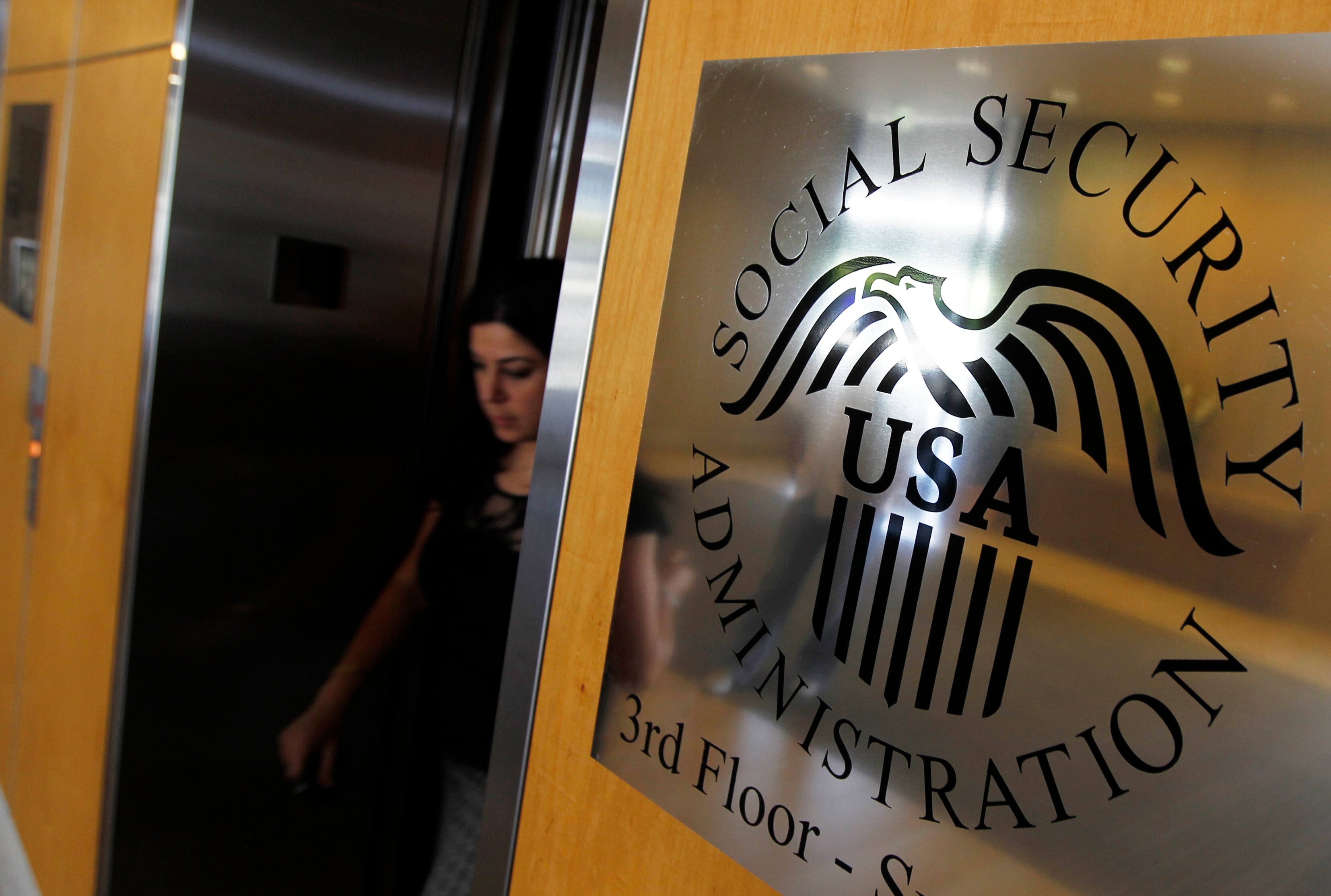Do you like surprises? You might like the surprise of getting some money in the mail that you weren’t expecting or the surprise of a visit from a dear friend you’ve not seen in years.
But how about an unpleasant surprise? What if you’re surprised to learn that your retirement income has fallen short of replacing your paycheck and you realize that the only solution is to work longer or continue with your plan to retire and then learn to live on less.
A far better solution is to be prepared so that retirement is not filled with unpleasant surprises but is a planned event with the plan starting early in your career. Between your starting date and ending date, some twists and turns may take you off course, but with a plan, you can get back on track to find your way to a financially secure retirement.
Compare planning for retirement to planning your next vacation. Most of us don’t wake up and say, “It’s time to go on a vacation today.” For some of us, the fun is in the planning. How are we going to get there? What do we need to pack? What are we going to do once we get there? How much is it going to cost? The answers to these questions might require a plan to save money well ahead of the vacation to cover the cost of the trip. We may need to compare when we shop for airfares, rental cars, and hotels. Exploring travel websites will take time to learn the best places to visit and how much the activities will cost. If you enjoy the details of planning a vacation, then preparing for retirement might become more manageable for you. For others, retirement planning can be tedious and considered a complicated chore.
When you plan for your retirement, you will enjoy the following benefits. Here are some ways to get started or to check to be sure that you are on track:
- Plan your retirement date: Do you know when you become eligible for an “immediate, unreduced” retirement benefit under FERS? Do you understand how your length of service will be determined and how much credit you’ll receive for sick leave that is leftover at retirement? Explore the retirement planning resources at the Office of Personnel Management’s Retirement Center. Learn more by attending a pre-retirement or midcareer planning program, if available at your agency. You can also find webinars online through the National Active and Retired Federal Employees Association, The National Institute of Transition Planning, and other online training events.
- Plan your savings: Small increments of investing paycheck by paycheck over your career, is far better than feeling the panic in the final years to try to squeeze 30 years of saving into the last five years of your career (and realizing this is an impossible task). Check out the Thrift Savings Plan’s online learning events. FINRA can help you learn more about managing your retirement investments and the Securities and Exchange Commission has tools at https://www.investor.gov/. Or consult your fiduciary financial planning professional.
- Reevaluate insurance needs: After electing your health insurance and life insurance coverage when you were first hired, it is important to determine if you need to make changes as your life and needs change. The basic “value” plan health insurance may not be the best option if you have been diagnosed with a chronic health problem or if you are expecting your first child. The same can be said for life insurance. Do you know how much life insurance you need to protect your family in the event of your untimely death? Have you checked the price of FEGLI to see the premium increases on the optional coverage every five years? Do you know the rules for continuing your insurance in retirement? To learn more about your valuable insurance, learn more at www.opm.gov/insure. You can also find insurance calculators as well as other financial planning tools at https://www.dinkytown.net/insurance.html
- Plan for longevity: Retirement can last for decades. I once asked my Uncle Steve how he prepared for his retirement in 1980. Uncle Steve retired at 55 under CSRS from the Department of Air Force. He thought about it briefly and said, “I submitted my retirement application about 30 days before I turned 55. At the end of the month of my 55th birthday, I retired.” Uncle Steve passed away in 2012 after spending 32 years living out his life after retirement which was longer than the career that he retired from. Fortunately, his “single benefit” retirement plan replaced more than 50% of his wages and it included annual cost of living adjustments that allowed his retirement to keep pace with inflation so that he and Aunt Helen could live comfortably throughout their retirement. Under this plan, there was no need to rely on a substantial amount of retirement savings or even Social Security, the only requirement was to start early and finish after completing a career of continuous federal employment. The Center for Retirement Research at Boston College has some informative articles that can get you started: https://crr.bc.edu/publications/
- Plan for Long-Term Care: Along with longevity comes a greater risk of needing long-term care. Having LTC insurance isn’t the only way to prepare for this possibility. There are ways you can plan to age in place, or you can explore a continuing care community for retirees who are independent but may later need some assistance. Learn more at https://acl.gov/ltc and https://www.ltcfeds.com/. Veterans may explore special long-term care benefits available through the “Aid and Attendance” program. This benefit is designed to provide financial aid to help offset the cost of long-term care for those who need assistance with the daily activities of living such as bathing, dressing, eating, toileting, and transferring. The Veterans Administration also provides resources for veterans who need long-term care and assistance.
- Plan for Social Security: Social Security retirement benefits, also an essential piece of FERS, have a full retirement age of 67 for those born in 1960 or later and only 70% of the benefit payable for those who file for benefits at age 62. An important thing to understand about Social Security is the progressive nature of the benefit formula that provides a greater replacement of pre-retirement earnings for lower wage earnings and a lesser replacement for those with higher lifetime wages.
- Plan for taxes in retirement: Tax planning will help you realize that your gross retirement is a lot more than the net amount that hits your bank account on the first day of every month of retirement. Not only will you pay federal income tax, but many states also tax federal retirement and TSP withdrawals. States are much more tax friendly when it comes to Social Security, with only eight states that tax your SSA retirement benefits (Colorado, Connecticut, Minnesota, Montana, New Mexico, Rhode Island, Utah, and Vermont). Have you estimated your net income in retirement after taxes and insurance premiums are withheld? Check out the following publications from the IRS (or consult your professional tax advisor):
- Plan for those who depend on you financially: One of the most critical elections you may have to make as you retire, especially if you are currently married, is the election of a survivor benefit. Do you and your spouse understand both the cost and the value of this election? Did you know that your spouse has a right to this benefit, by law? If you choose to provide a partial or no survivor benefit for your spouse, you will need their notarized consent. To learn more about survivor benefits, check out some earlier Retirement Planning columns such as Survivor Benefit Confusion, Part One and Part Two
Unfortunately, the days of coming into federal service straight out of high school, college, or the military and then starting the retirement countdown clock for the double nickel birthday are long gone with the old Civil Service Retirement System which was closed to new hires starting in 1984. Today’s retirement for federal civilian employees goes by a different name: FERS. It is no longer a single benefit plan that attracts graduates to work their way up the GS pay scale in the same position at the same federal agency. Many federal employees come from private industry careers or have retired from active-duty military service, and some come for experience in the public sector to take those skills and the experience to help them climb the corporate ladder. Of course, there are still many federal workers who complete a career in federal service and retire in much the same way as my Uncle Steve.
Do yourself a favor, if you haven’t started, consider making a retirement plan. If you have a plan, be sure to reevaluate sometimes and update when needed. If you are already retired, congratulations!















